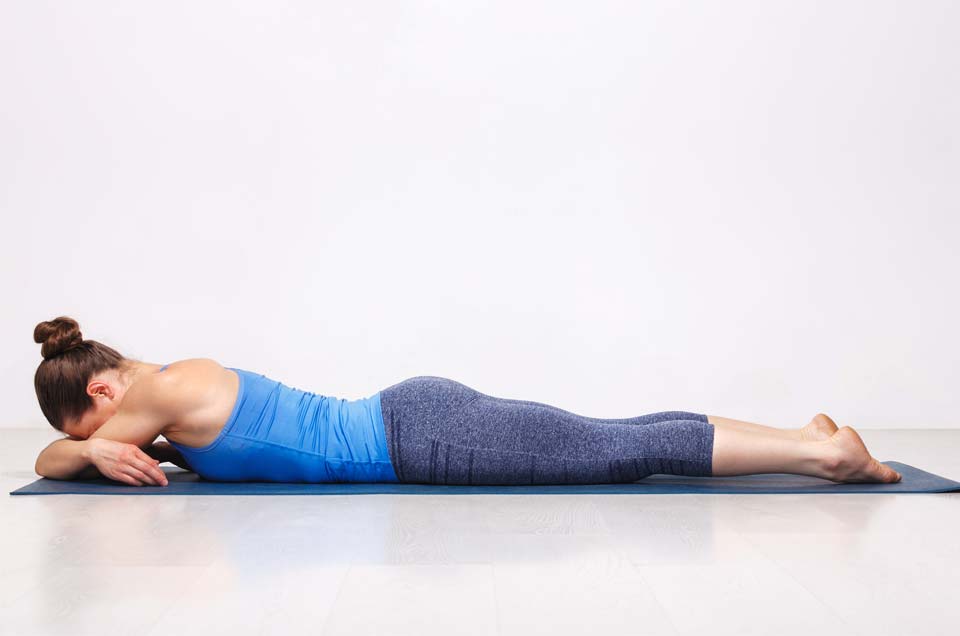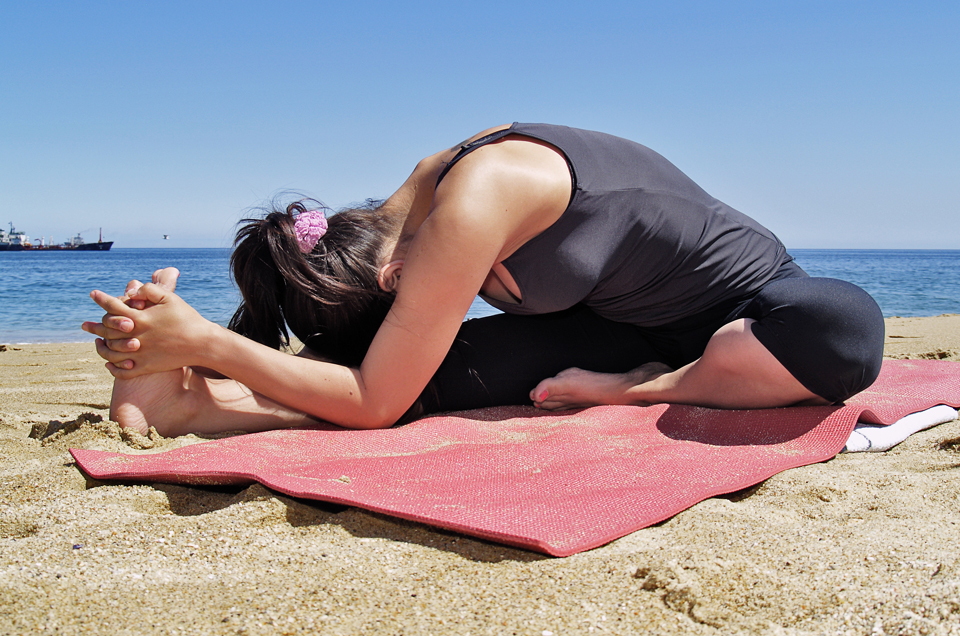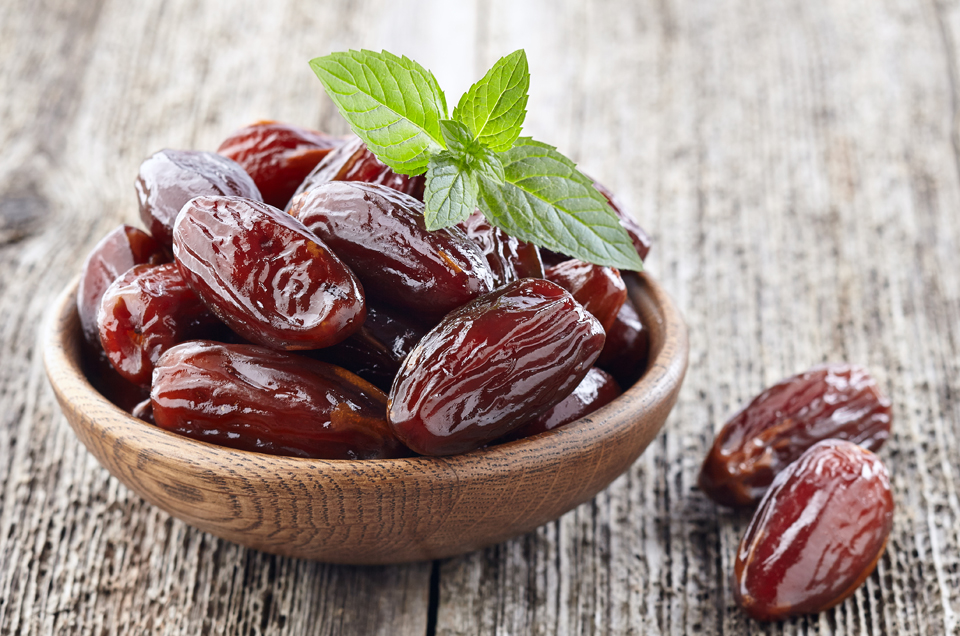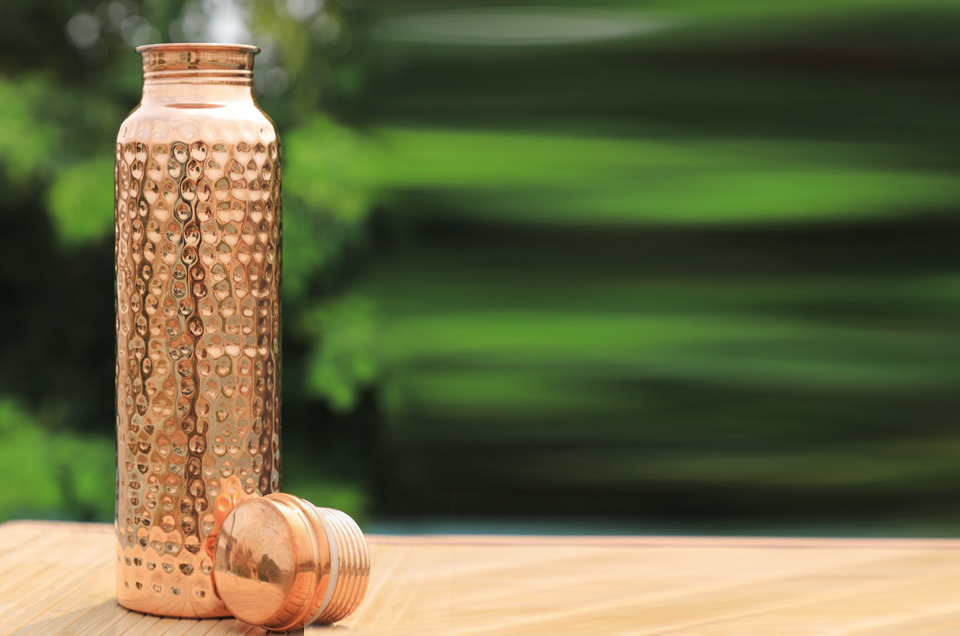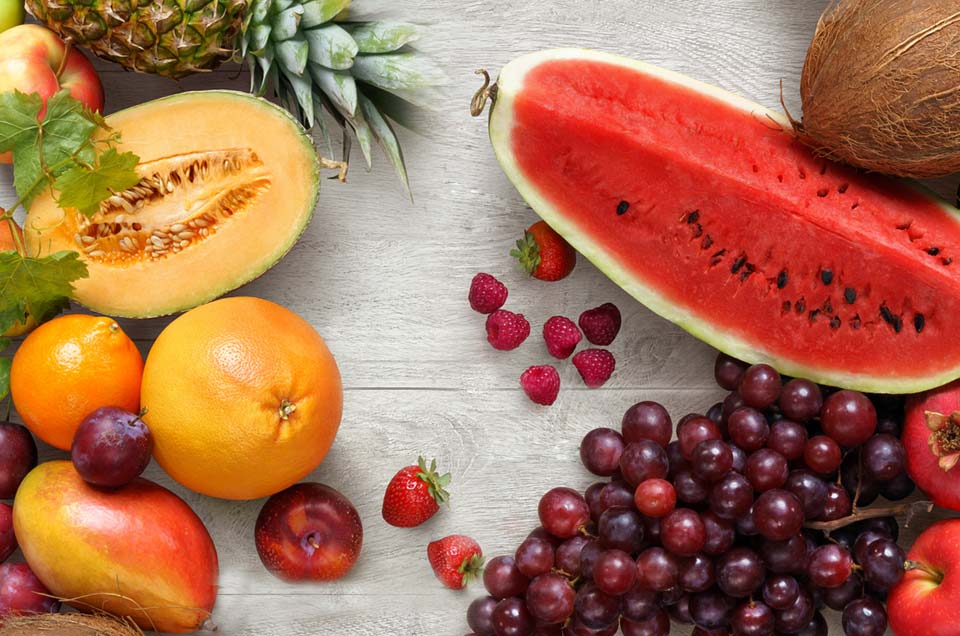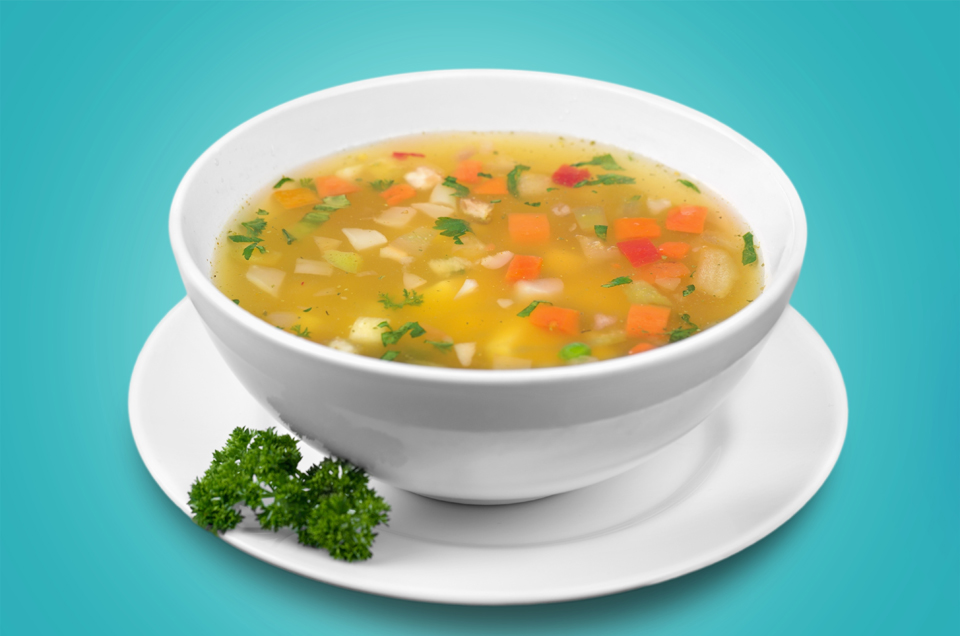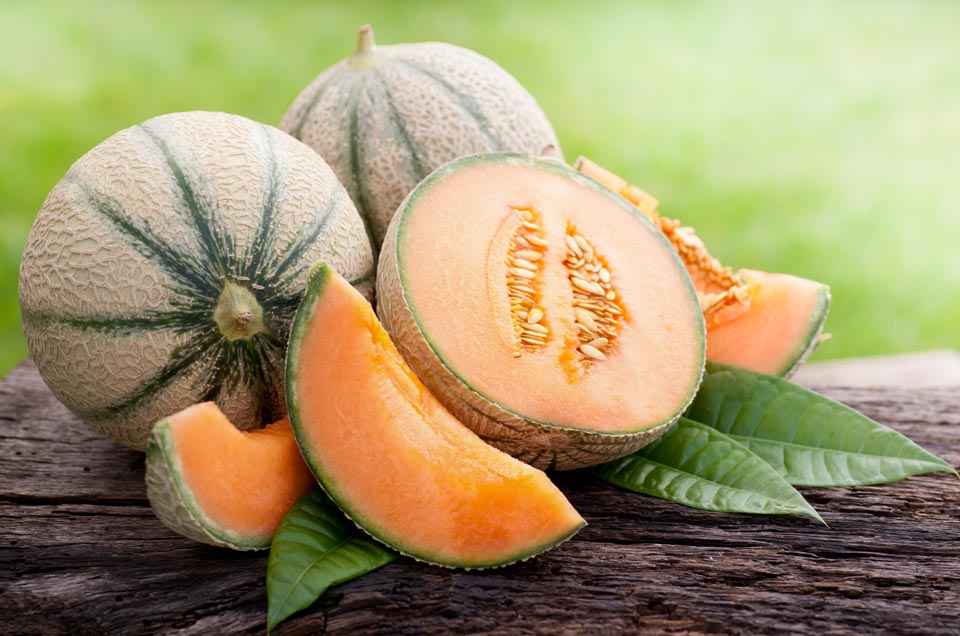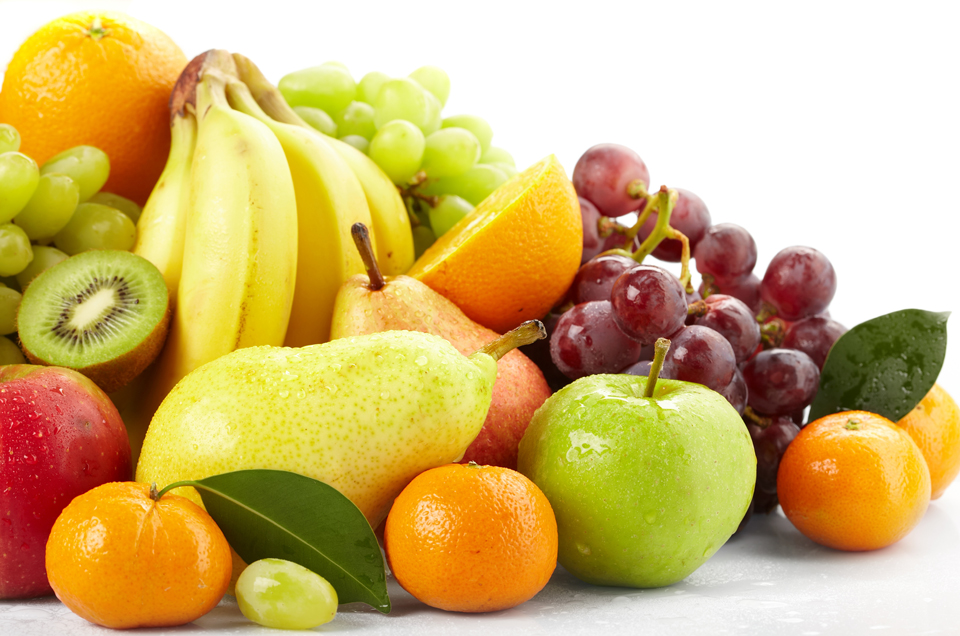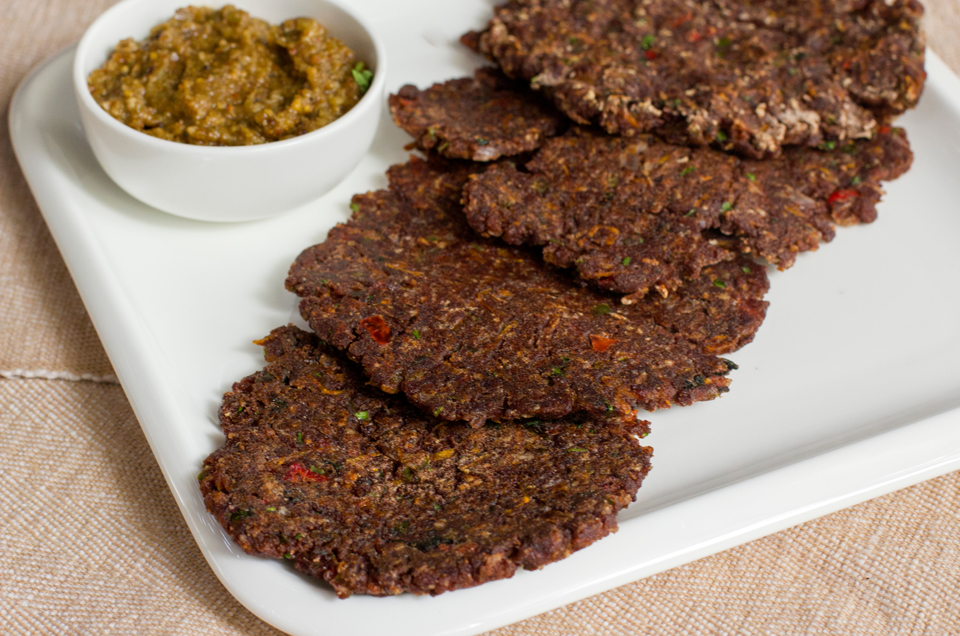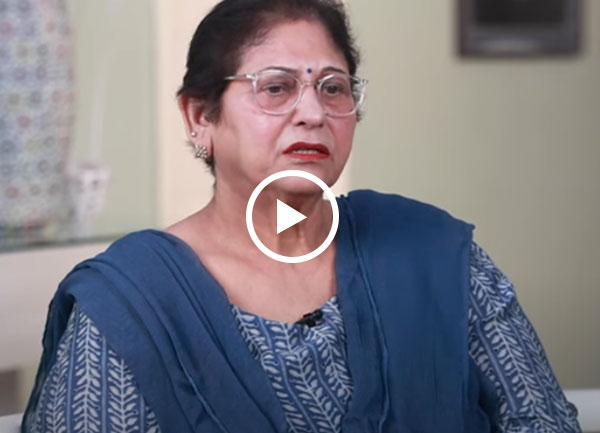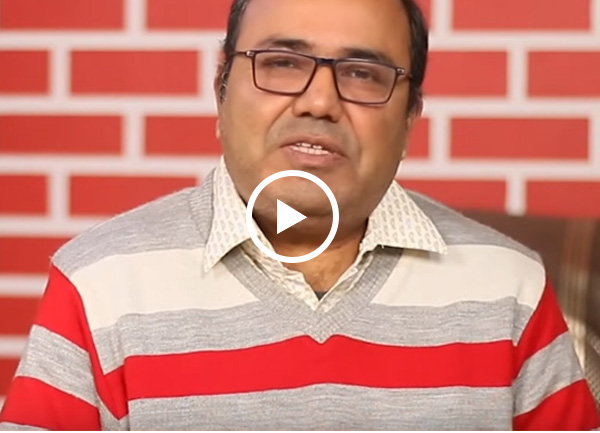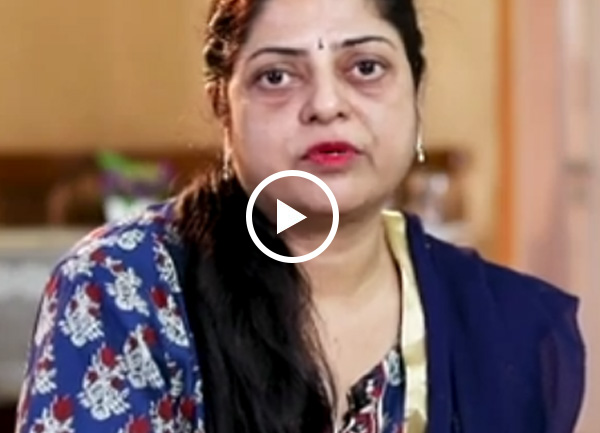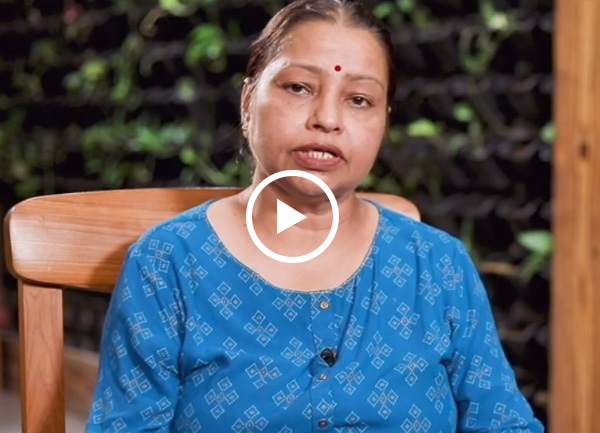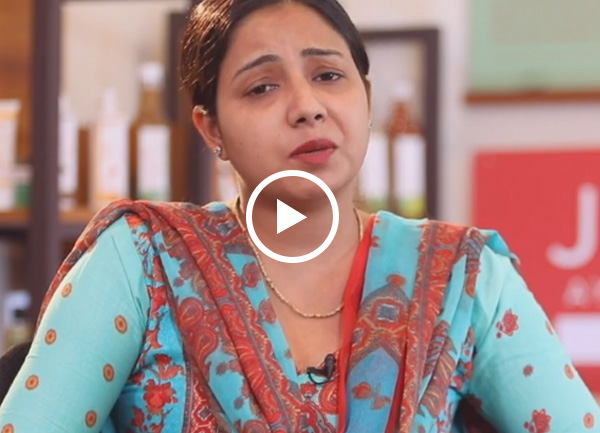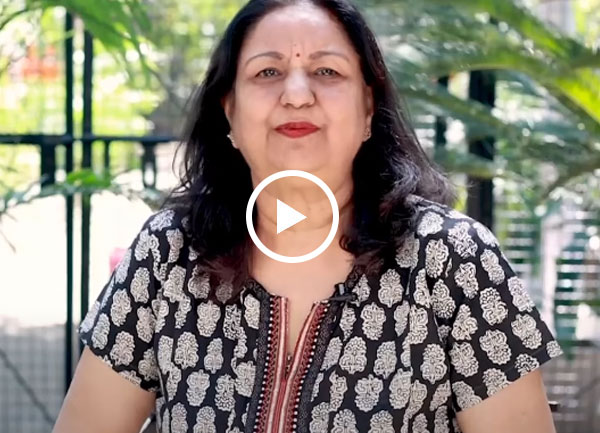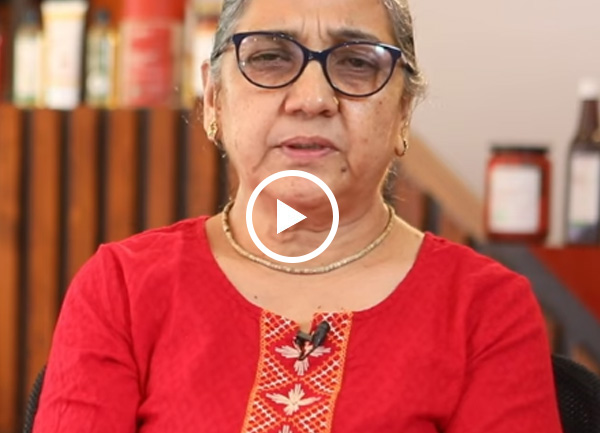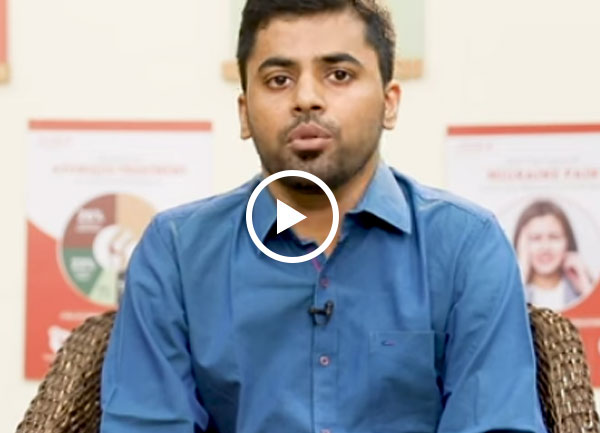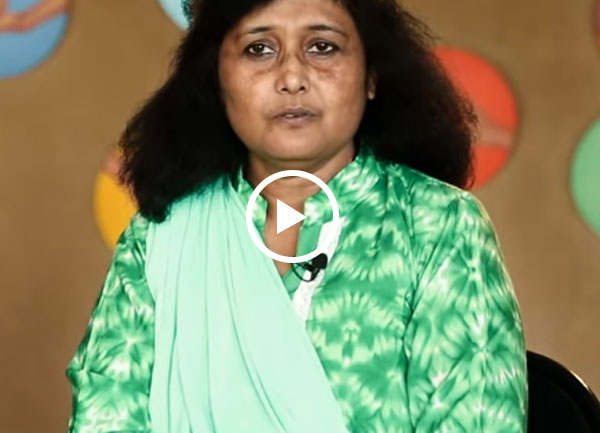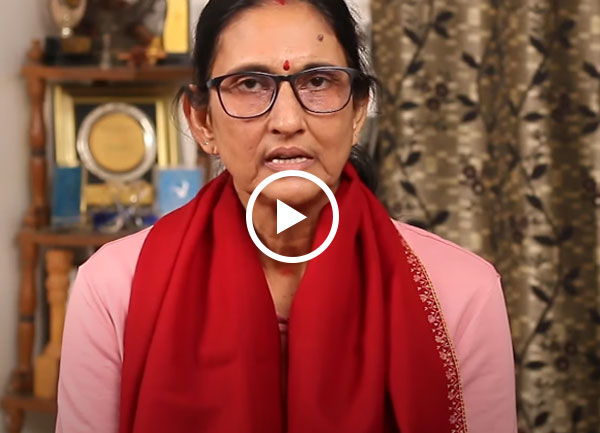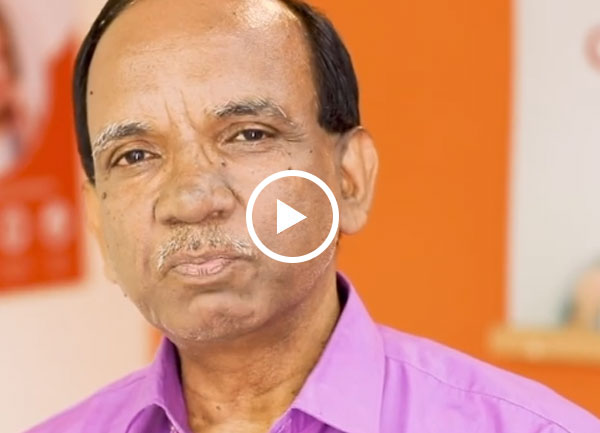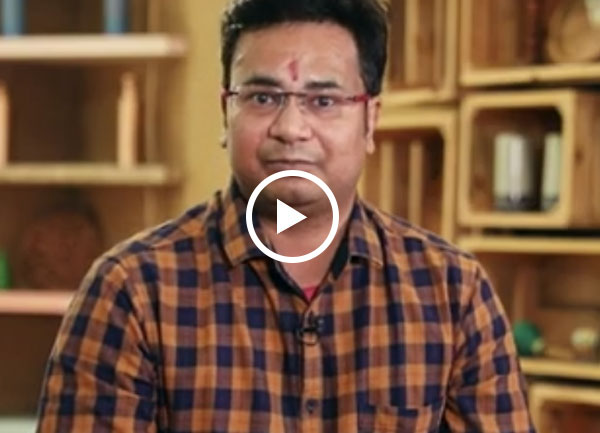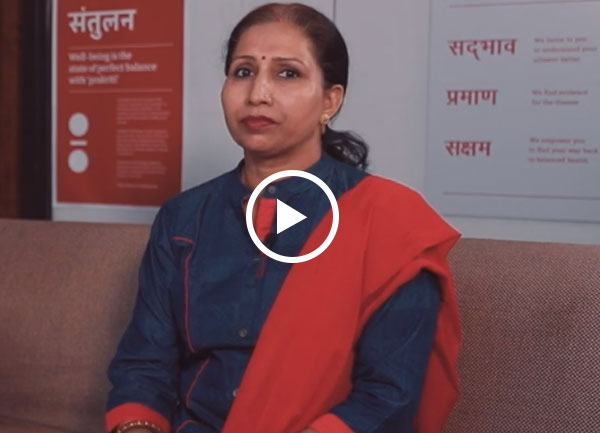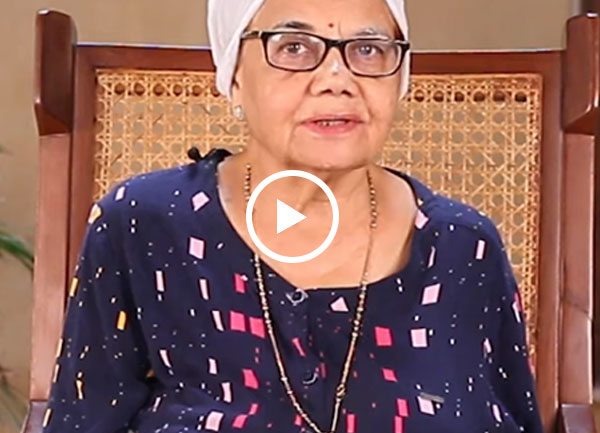- A day before Holi, apply mustard oil all over the body. Apply generously over the face, hands and legs as these are exposed areas where colour will be thrown. This will keep your skin protected and also allow you to remove the colours with ease.
- On your hair apply plenty of coconut oil. This acts as a protecting agent and prevents colours from penetrating deep into the roots.
- Alternatively you can also use a lotion. This is also very effective in keeping yourself clear of colours later, and will clean even the strongest of colours.
What to do in case colour goes into eyes or mouth
If dry colour gets into your eyes then rinse it with water. On the day of Holi washing your eyes regularly with water is advisable. After washing the colour from your eyes, put some rose water in your eyes and lie down. This will relax your eyes.
Remedies for rashes due to colour allergy
Although the majority of colours found today are safe, chemical colours are ever so often used. These chemical colours are dangerous and should be avoided as they cause skin problems.
- If the colour has been applied by rubbing it in. It is best to use face wash instead of soap to remove it. Be gentle while washing as this process can harm your skin.
- Before going out to play holi soak some multani mitti for about an hour. Once you are done, apply the multani mitti on affected areas. This will prevent rashes in the future.
- One good home remedy is to mix gram flour, sweet oil and milk cream in rose water. Once you have a thick paste apply it on your face, hand and legs. Once the paste dries, rub it away. This is a good way to cure rashes.
Ayurveda preparations for removing hard colours
Some colours are prepared from harmful substances like acids, glass and strong chemicals which are hard to remove. The following are a few home remedies which will help in removing these strong chemicals.
- Take half a bowl of curd in two spoons of lime juice. Apply it on the areas having colour and take a bath with lukewarm water.
- Ubtan (cream) is another good remedy for removing holi colours.
- Avoid scrubbing your skin too hard, our skin gets sensitized when synthetic colour makes contact. This will aggravate skin condition further making it worse.
- Avoid going out in the sun after all the festivities.
Herbal Colours
To play it safe, it is important to use non-synthetic colours which are not harmful for your skin. Here is a list of recipes for herbal colours:
- Depending on the colour of your choice you can use gram flour, turmeric, fuller’s earth, sandal wood powder and henna powder. These items can be used to make a myriad of colours.
- Flowers like marigold and gulmohar, and vegetables like beetroot can be easily used to create fine colours. Most of these ingredients are used in kitchens, so it’s also a bonus for the skin, and they smell great.
- Put some cut-up pieces of beet-root in boiling water and let it stay overnight. The next day you will have amazing coloured water.
- Take some black grapes and amla and cut them in fine pieces. Put the pieces in boiling water and let the water cool down to get a nice black colour for Holi.
- Dry petals of marigold flower and grind them in a mixer; you have the yellow coloured powder. You can also use turmeric powder it is also very good for the skin.
- Prepare a green powder by putting spinach, mint and neem leaves in hot water and let it stay for some time. You can also make dry green colour by grinding dried leaves of spinach, mint and neem leaves.
Healthy Snacks
Food is an essential part of the festivities, we have highlighted some healthy food preparations to keep in mind this holi.
Gujiya
Holi is incomplete without gujiya. This Holi have gujiya but make a healthier selection of the stuffing. Add lots of dry fruits to the stuffing which will not only make it healthy but will maintain the tasty festive delicacy as well.
Besan Ke Laddoo
Besan ke laddoo is another wonderful holi preperation. The trick is to make the ladoos out of roasted yellow chana. Not only does it add on to the protein but it also does not require too much of ghee and still can be the best besan laddoo. Using natural sweetener like stevia is also advisable for a low sugar diet.
Kachodi
If kachodi does it for you, try baking a green chana and peas kachodi to add on to the ethnic yet exotic touch. Health is still given a priority with the baked and not deep fried version of this spicy holi dish.
Tikki Chhole
Tikki chhole is another favourite item of Indians, esp. north Indians, on Holi. Prepare the tikki chhole, making changes to the stuffing. Use minimal potatoes, for binding with loads of carrots, beetroot and paneer added to it, cover the stuffing roll with healthy oats and stir fry instead of deep frying. Add in yoghurt and cooked chhole and the taste won’t be compromised but it would definitely get healthier.
Barfi
Barfi especially kaju katli and kaju pista rolls are mostly bought from the shops during Holi to serve our guest and gift our relatives, Barfi however, is very easy to prepare and you can keep a track of your health by ensuring you use nothing but the best ingredients here. When it comes to nuts and health, cashew isn’t really a healthier option of the lot, hence, choose your ingredients wisely and prefer Pistachio, Almond, Figs, Dates as they do justice to both the nutrition and taste. Pista barfi, badam barfi are better than kaju barfi in the health aspect.
Thandai
Bhaang and thandai are loved and enjoyed by almost all holi lovers. Ita fact that bhang isn’t healthy for our body and hence, it’s best to avoid. Opt for the alternative of thandai without the bhaang. A low calorie thandai prepared at home is the perfect intersection of tradition and health provided you ensure its made using slim milk, has more of almond as the thandai ingredient and there is no bhang goli added to it in any form.




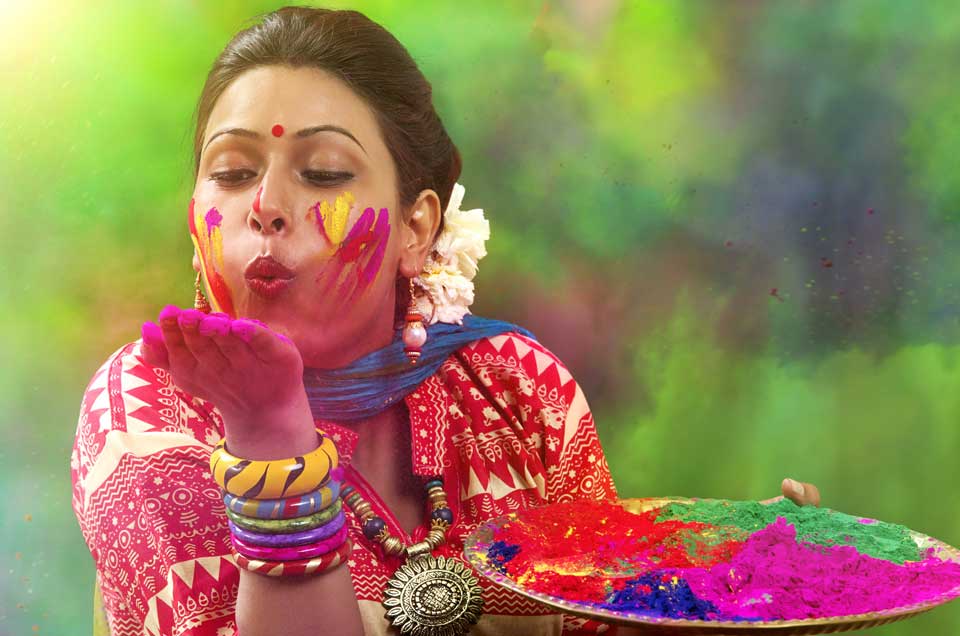
 Prev
Prev
